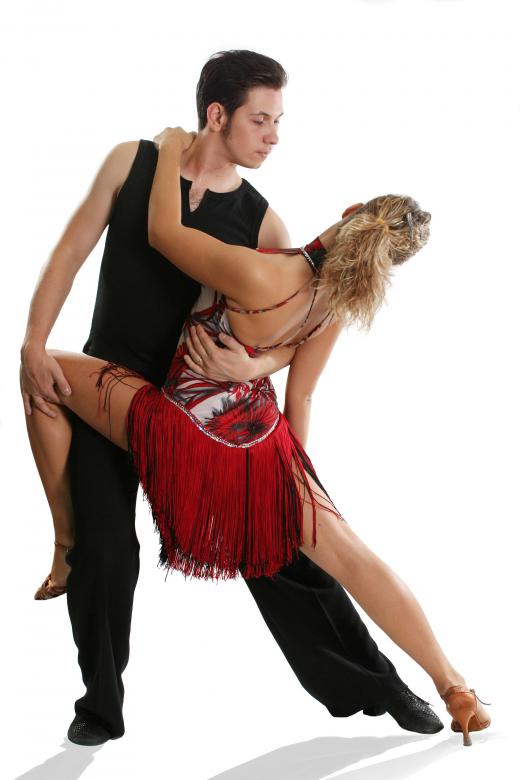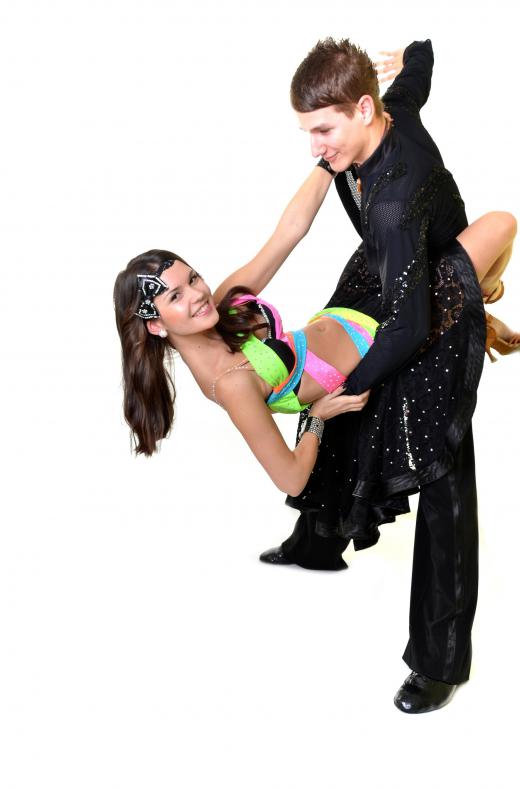The mambo is a Latin American dance form greatly revered in dance circles. Though music similar to the now recognizable style of the mambo existed as far back as the mid-19th century, the dance itself was not invented until the 1940s. Perez Prado is credited with the invention of the mambo dance, as well as with marketing his style of music as mambo.
By the 1950s, mambo dance and music had become tremendously successful. Ballrooms in major cities gladly hosted musicians such as Tito Puente, Joe Piro, and The Mambo Aces. Jazz music of the time was certainly influenced by the Latin beat, as can be heard in original works recorded by Charlie Parker and Dizzy Gillespie, among others.

The mambo is one of the more difficult dances to master because it does not start on the first beat of the music, but rather on the second. New dancers often make the mistake of moving to soon. Once the rhythm is understood, the footwork of the simplest mambo is not difficult to master, a simple quick-quick-slow.
Perhaps the greatest familiarity people have with the mambo in recent times is through the film Dirty Dancing, where Baby must learn the mambo from Johnny, played by Patrick Swayze. Her frustration in continually stepping on the wrong beat is echoed by many new dancers. However, in the film, and of course in dance schools, students soon learn that the mambo is a sensual dance. As with many dances of Latin origin, hip movements are vital and must be fluid to convey sensuality. Emotion is conveyed not only through the swaying hips, but also through facial expressions, arm movements, lifts and holds.

To be successful in competition, the dance must be as fluid and as sensual as possible, without crossing the bounds of taste. The longing and tension of the partners must be conveyed, however, so body language and eye contact are key. Costuming in dance competitions can be quite skimpy for the female, but still must be tasteful. Men may perform the dance with the shirt open in front.
The recent television hit Dancing with The Stars has fueled public interest in learning the mambo and other ballroom dances. There are DVDs available which can teach one the basic steps. Unless one is an experienced dancer, full proficiency in the mambo is probably better attained at any number of excellent ballroom dance schools.
